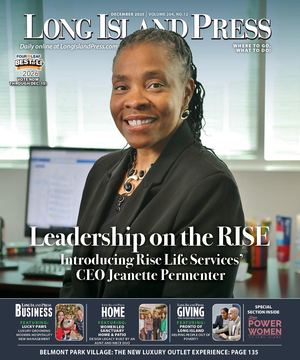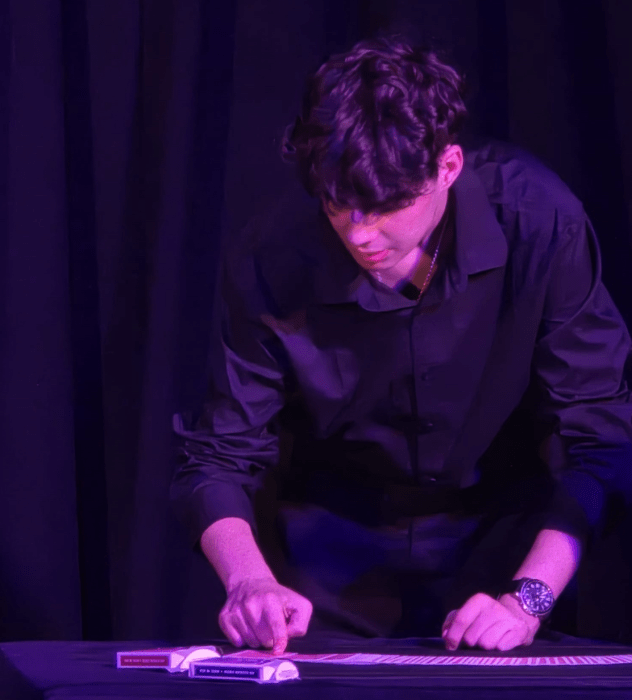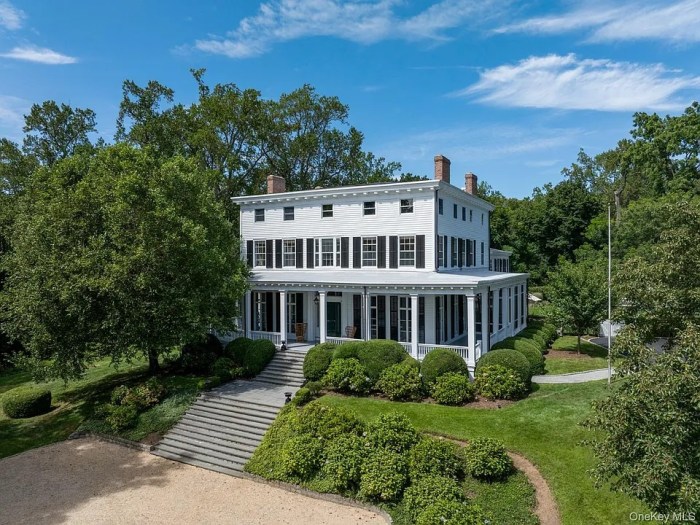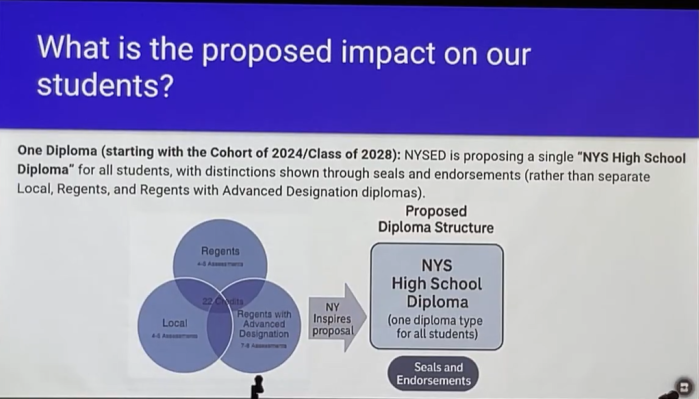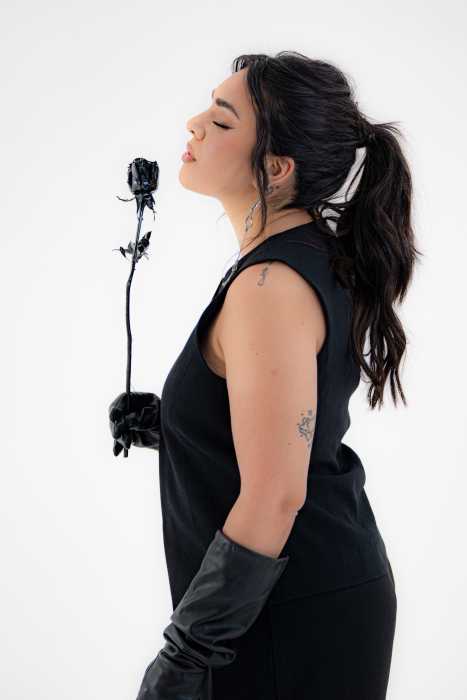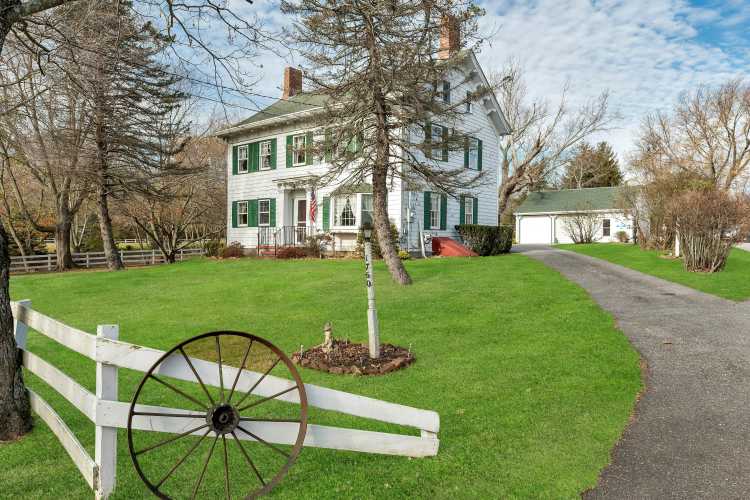The Hats Off! exhibit at the Oyster Bay Historical Society is a head turner. Curated by Nicole Menchise, OBHS archivist, the exhibit includes items from their collection, plus newly donated hats from the DuBois family and others in the community.
The idea began to percolate when Menchise was going through the society’s entire textile collection in the Koenig Center. She saw that they had a good number of hats.
“But when Caroline DuBois offered her mother’s and her grandmother’s hats, it all came together—a lightening bolt struck—that we had enough hats to do a complete show. Also, later that year we received two more hats from different donors, so it seemed natural.”
“We were getting ready to sell the house in Oyster Bay Cove and we ran across lots of things,” said DuBois.
It was a treasure trove of items that she thought belonged in museums for people to study, enjoy and to help make the past come alive.
“There were over 100 hats. There were military hats, Mamie Eisenhower hats, elaborate Civil War bonnets and Jackie Kennedy pillbox hats. There were cloches and WWI and WWII hats and bridesmaids hats and even a U.S.S. Maine beret.
There were stylish hats and practical hats.
“One was my father’s. I call it his ‘reporter fedora.’ It had holes in it and he wore it while mowing the lawn,” said DuBois.
The hats tell the family history and DuBois tried to find the right place for the hats when she called the Oyster Bay Historical Society.
“Nicole went nuts,” said DuBois. “I was surprised at what she didn’t want, but there was a beautiful fox stole that she did want.”
After Menchise had first choice of the hats, DuBois checked with the Fashion Institute of Technology. Instead, they opted to take some of the dresses packed in 20 trunks.
“There were some very important Civil War dresses from the 1880s. My great-grandmother was the daughter of a congressman, so her dresses were very elegant ball gowns, with a tie to history. There were boxes of Civil War underwear and maids outfits, which are very rare since they usually just wear out. There were little boys’ sailor suits and ball gowns and tea gowns with interchangeable tops and French designer dresses.
“FIT took the clothing for its graduate program. There were a lot of white silk and lace Gibson Girl blouses that were stained and needed restoration. The graduate students can learn about construction as well as how to clean and repair the delicate fabrics.”
DuBois said FIT has already had an exhibition of some of the dresses and they are saving others for a “Downton Abby” style exhibit.
After going through all the garments, FIT sorted them into bundles to go to auction houses for bidders to buy a bag full of the fine embroidery and fabric scraps to make pillows and items of clothing. The DuBois family donated the clothing to the educational institutions.
Donating items is not as easy as perceived. Originally, DuBois sought out the Metropolitan Museum of Art to give the items to and they told her it would be wonderful, but at the same time they were forced to say “no.” They just took over the Brooklyn Museum’s clothing collection and there was no room to take more, explained DuBois. Another great location, historically, for the collection was the Museum of the City of New York, but while they were interested, too, they were in the midst of a five-year renovation and were packing up items to put in storage.
Many of the remaining hats have been absorbed by the Amesbury Hat Museum, a perfect home for headwear. The Merrimac Hat Company in Amesbury, MA, was one of the largest hat mills in the nation.
What makes the OBHS exhibit so easy to view is the installation of the hats: Menchise displays the hats on small cubes, decorated with an appropriate theme photo. The hat belonging to Frances Roosevelt is mounted on a color print of the Old Orchard Museum, her in-laws’ home (Mr. and Mrs. Theodore Roosevelt, Jr.) A top hat worn by DuBois’ father, Eugene Floyd DuBois, has its cube decorated with “Topics in Wall Street.”
Menchise said the original idea was to use heads covered with strips of newspaper and magazine pages, but it evolved into using a box.
“Not only would it keep the expenses down, but I could customize them,” she said.
She said the there are also displays of football helmets dating back to 1936, all used by Oyster Bay High School teams.
“There hasn’t been anyone who hasn’t commented on how well the exhibit works,” said Menchise.
The exhibit is on view through Sept. 13. Call 516-922-5032 for info.
